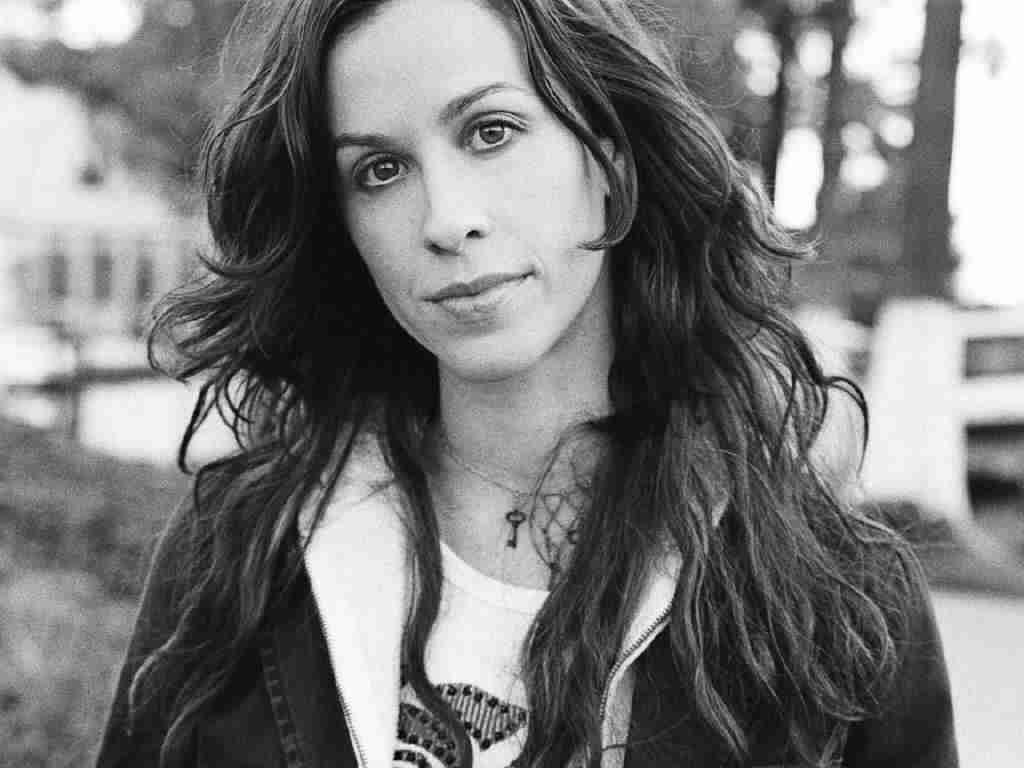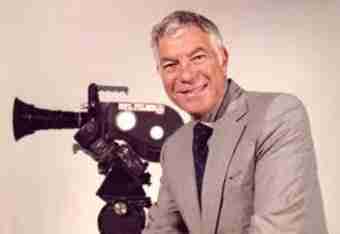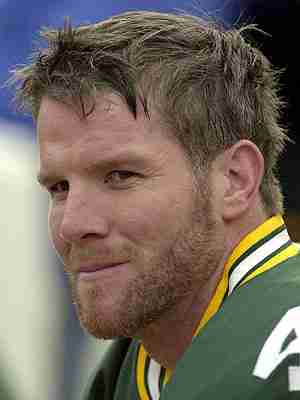
Committee Chairman
Kirk Buchner, "The Committee Chairman", is the owner and operator of the site. Kirk can be contacted at [email protected] .
Alanis Morissette to the Canadian Music HOF
Feb 12, 2015
Published in
Not in Hall of Fame News

The Canadian Music Hall of Fame (also known as the Juno Hall of Fame) has announced that the 2015 inductee will be Alanis Morissette.
The Ottawa native first became nationally known in the early 1990’s as a dance-pop artist but it was her switch to a hybrid of Rock and Alternative that led to the creation of her smash album, Jagged Little Pill, an effort that generated hits like “You Oughta Know”, “Ironic”, “You Learn” and “Hand In My Pocket”. It sold 33 million copies worldwide, won numerous awards and ushered in a new wave of female stars. While she would never gain that level of success again, she remained a successful concert draw and would go to sell millions of more records.
Morissette joins an establishment that began in 1978 and includes such notables as Neil Young, The Band, Rush and Bryan Adams.
The official induction will take place on March 15 at this year’s Juno Award Ceremony.
We here at Notinhalloffame.com would like to congratulate Alanis Morissette on earning this latest accolade, especially at the young age of 40.
RIP: Ed Sabol
Feb 11, 2015
Published in
Not in Hall of Fame News

It is a sad day in the National Football League as the founder of NFL Films and Pro Football Hall of Fame Inductee, Steve Sabol passed away in his home in Scottsdale, Arizona at the age of 98.
Sabol, along with his son Steve transformed the way that we watch the National Football League once he won the right to chronicle the game in 1962, and his vision gave us innovations that are still very much in use today. With a multi-camera attack, players with microphones and locker room access, Sabol created what was akin to a Hollywood production.
NFL Films would give us the slow motion replay and reverse angles and set it to dramatic music and powerful narration. There was nothing like it before, and it would become the standard bearer for how we watch sports films and documentaries and it was a large piece of what made the NFL grow as big as it has.
We here at Notinhalloffame.com would like to extend our condolences to the friends and family of Ed Sabol at this time.
Rikishi to the WWE HOF
Feb 10, 2015
Published in
Not in Hall of Fame News
.jpg)
It was announced today on Monday Night Raw that a member of the legendary Anoi’a family will be entering this year’s WWE Hall of Fame Class. That man is Rikishi, who had a long run under various personas in the WWE, and is the father of current WWE Tag Team Champions, The Usos, and the uncle of Roman Reigns.
Born Solafa Fatu, Rikishi first gained recognition on a national level in a tag team with his cousin, Samu, as the Samoan SWAT Team, a duo that would have success in both World Class and WCW. The then named World Wrestling Federation caught notice and signed the team in 1992, where they would shortly after capture the Tag Team Championship. Following a departure by Samu and a brief run with Sionne (The Barbarian), Fatu would be repackaged for the first time, as a positive inner city role model from the streets of San Francisco, where he was really from, but the gimmick went nowhere and he would disappear for awhile and re-emerge with a different look and identity.
Now as the “Sultan”, Fatu had no a shaved head and a partial mask, and was managed by Bob Backlund and the Iron Sheik. He would have an Intercontinental Title Match against the Rock at Wrestlemania 13, but again it was a failed gimmick and he would fade away to come back another identity, though this time he was about to strike gold.
With bleach blonde hair, and a sumo type outfit exposing his ass cheeks, the now named Rikishi looked to be another bust, but this time he was able to make it work and was an instant hit with the fans, winning the Intercontinental Title and reaching the high end of the card. An ill-advised heel turn derailed his momentum but it was still the best run of his career and one that put him on the map.
We here at Notinhalloffame.com would like to congratulate Rikishi for what should be the ultimate accolade to his career.
Brett Favre is coming home
Feb 09, 2015
Published in
Not in Hall of Fame News

It appeared that this was going to be made official at some point in 2015, but this July 18th, Brett Favre will be inducted into the Green Bay Packers Hall of Fame and later in the year, his name and number four will be placed on the hallowed wall in Lambeau Field.
It has not been announced when they will do the official ceremony at Lambeau, but Favre, on his website is looking forward to returning to the “Frozen Tundra” and a place that he reigned as king for sixteen years.
As a member of the Packers, Favre would throw for 61,655 Yards, twice leading the NFL in that category and would throw for 442 Touchdowns, a four time champion in that statistical metric. He would be the consensus MVP in both 1995 and 1996 and would take the Packers to a win in Super Bowl in 1996.
Regarded as one of the premier Quarterbacks of all-time, Favre did not leave Green Bay on the best of circumstances as his wishy-washy retirement did the franchise no favors, and he would leave to have a pair of successful seasons with the New York Jets and Minnesota Vikings, but it is in Green Bay where his greatest success, and dare we say his professional home is.
We are happy for the fans of Green Bay and for Brett Favre. This was a reunion we are glad did not take too long to occur.

